To ensure safety when traveling, keeping the tires in a stable state is essential. However, you still have to driving with unbalanced tires in some cases because they cannot be repaired or replaced immediately.
If you wonder: “how long can you drive on unbalanced tires?” to determine the appropriate repair time, please read the following article immediately.
Many skilled repairmen say that you can still ride with unbalanced tires for a few months (2-3 months) without problems if you pay attention to safety.
This article will provide detailed information on this topic. Let’s find out!
What happens if you keep driving with unbalanced tires?Balance is when the weight of the wheels is evenly distributed around the axles of wheels. If the balance wheel is static, the revolution will not rotate on its own.
Dynamic Balancing is a method of adding weight on the rim (wheel) to distribute the wheel’s importance during the revolution evenly, or dynamic tire balancing by adding the corresponding mass to the opposite side.
It can be that continuing to move with unbalanced tires is not too dangerous. Yet, you need to be aware of the problems if you drive on unbalanced wheels.
Large wear and tear of the tireThis tire has about 4800 km of wear and appears to have plenty of rubber left on the tread. Since there is no bulging I will continue to use this tire, but I will inspect it after each ride.First, when the tire is not balanced, the risk of tire wear and tear is higher. Therefore, it can be the cause of accelerated shaft and tire wear.
In the long run, this condition can cost you a new tire, and this cost is worse than balancing.
Consistent vibrationsBesides, traveling with unbalanced wheels can cause consistent vibrations. Simply, you can feel this vibration right on the car.
Over time, it can affect the comfort of the driver and occupants of this vehicle.
Low fuel economyWhen your tires are not balanced, the ride will not run smoothly and smoothly.:strip_icc():format(jpeg)/kly-media-production/medias/1278503/original/026847900_1467278671-1.jpg) Your vehicle needs to use more power to overcome these obstacles. Of course, it is also the cause of low fuel economy.
Your vehicle needs to use more power to overcome these obstacles. Of course, it is also the cause of low fuel economy.
When you drive with unbalanced wheels, the car’s fuel consumption will increase faster.
Impact on suspensionImpact on suspensionIn addition, when traveling with unbalanced tires, you are also creating a great deal of stress on the suspension. The shock absorber is responsible for reducing vibrations to give you a comfortable ride.
Therefore, when the tire is out of balance, the suspension must work hard to keep it stable to reduce this vibration.
When you move with unbalanced wheels in a short time, there is no problem. But if this situation lasts, the suspension system parts are worn and damaged, and the repair costs are very high.
More noiseWhen the tires are not balanced, you will feel the vibrations and noises when moving through rugged terrains, such as rough roads or potholes.
These noises make you uncomfortable, and over time, they can distract you during hazardous driving.
How Long Can You Drive On Unbalanced TiresSo, how long can you travel with unbalanced tires? It is difficult to determine an exact number because it depends on the tire’s condition.
You can move with unbalanced wheels for about a few months. You don’t even need to adjust the balance until the tires are worn and replaced if you can accept the problems of vibration, fuel consumption, and noise. Because it also does not affect your safety too much.
However, you will need to take risks from the problems we mentioned in the previous section, especially the rate of tire wear and the risk of damage to the suspension components. At that time, the cost you needed to pay to repair these parts was many times higher than the cost of balancing the wheels.
You should check and adjust the tire balance periodically so that all parts of the vehicle are in good working order.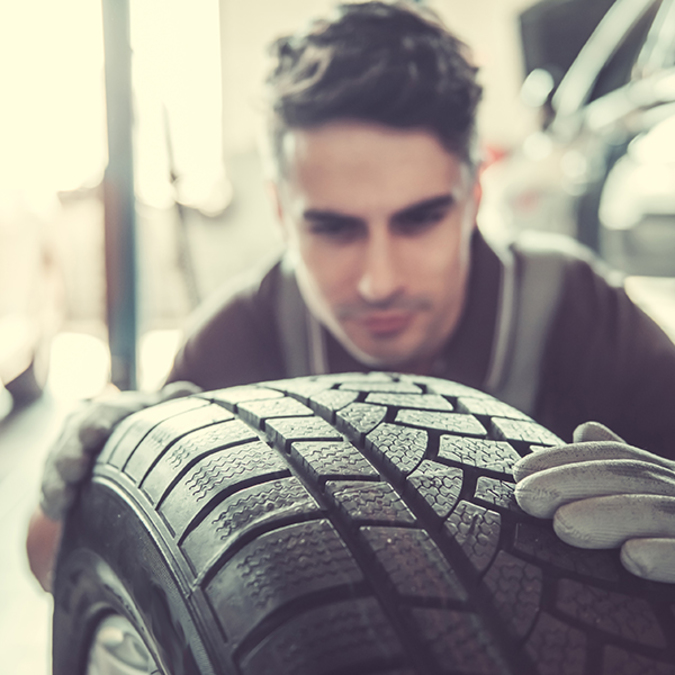 At the same time, it is also the condition to help you have a safe and comfortable trip.
At the same time, it is also the condition to help you have a safe and comfortable trip.
You should pay attention to this problem because although it does not directly affect driving, it causes many other components.
How Do Mechanics Balance Wheels?Mechanics Balance wheelsWe have compiled several ways that mechanics balance wheels to help you solve this problem. Let’s refer to these options to apply when repairing your wheels!
Visual inspectionThe simplest way is visual observation. For skilled mechanics, they can detect tire balance through direct observation.
The mechanic will inspect the rim to make sure it’s not dented and check the camber and footing of the wheel to assess alignment and fit the wheel and tire in place.
With their knowledge and practical experience, they can determine the exact level of tire balance.
Balancing MachineAt the same time, you should also use a balance meter to determine this level accurately.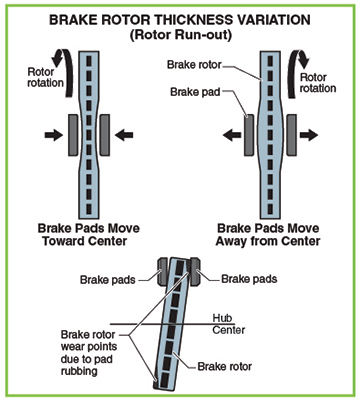 After removing the wheel, the mechanic will place it on this unit for inspection.
After removing the wheel, the mechanic will place it on this unit for inspection.
In particular, when using this device, they could precisely determine where to put extra weight to help the wheel maintain balance.
Add weightBesides, adding weight is also an option to help you balance the tires quickly and effectively. To do this, auto mechanics add small and light weights, weighing only about one-hundredth of an ounce.
This addition is quite difficult to notice because workers often choose the position where the rubber and metal rims meet.
After adding the weight, you should use the balancer to check it is correct before mounting it on the vehicle and proceed with the remaining wheels.
Tire rotationTire rotationFinally, tire rotation is also a way to correct tire imbalances. Usually, the repairman will periodically check the balance when changing the oil and rotate the tire position to ensure this balance.
As a result, you can save on adjustment costs and still ensure the balance of your tires for safe travel.
Watch this video below for more information:
ConclusionIf you pay careful attention, you can still drive safely with unbalanced tires for a few months. In the long run, however, it is the cause of many other problems with your car.
You need to pay attention to checking the condition of your car and decide to rebalance the tires to ensure safety. Hopefully, the mechanical balancing methods we have provided can assist you in solving this problem.
Reading Time: 4 minutes // by Austin
AdvertisementsWe may get commissions for purchases made through links in this post. Thanks for the support!
Thanks for the support!
Generally speaking, unbalanced tires are perceived to be a risk. However, everyone can’t get them fixed as soon as possible.
This brings up the fundamental question of how long can you drive on unbalanced tires? Today, we will share with you the answer to this question and also justify it below.
How long can you drive on unbalanced tires? You can drive on unbalanced tires for a few months. Indeed, you shouldn’t stretch it a few years. The reason for the same is because driving on unbalanced tires is not a danger. However, the problems which it causes can be dangerous. Keeping this factor in mind, it is okay if you aren’t fixing the unbalanced tires right away, but you can only extract a few months of proper performance from your vehicle if the tires are unbalanced.
The problems or the dangers which you can face when you’re driving on unbalanced tires are:
Unbalanced tires result in a lot of pressure on the tires themselves. That is why the axle wear and tear and the tire wear and tear gets accelerated. When that happens, you will be forced to replace the tires sooner than later, which is much more expensive than getting them balanced.
That is why the axle wear and tear and the tire wear and tear gets accelerated. When that happens, you will be forced to replace the tires sooner than later, which is much more expensive than getting them balanced.
When you’re driving on unbalanced wheels, you will experience consistent vibration. The vibration is visible inside the vehicle as well. That is why sooner than later, it will impact the comfort of your vehicle.
Unbalanced tires ensure that the vehicle is not able to move smoothly on the road. Even when you’re driving on the highways, the movement of the vehicle gets hampered. It means that to cover the same distance, more power will be required. More power means that the amount of fuel used will also be on the higher side.
It means that when driving your vehicle on unbalanced tires, your fuel economy will decrease. It means that the more you drive your vehicle, the more will be the fuel cost.
 Impact on suspension system
Impact on suspension systemThe job of the suspension system is to reduce the vibrations of the vehicle and provide you with a comfortable ride. Since the vibrations will progressively increase due to the unbalanced tires, the pressure on the suspension system will also increase.
When that happens, another part of your vehicle will get impacted. Sooner than later, this will result in extensive wear and tear for the suspension system. Also, the cost of fixing the suspension system is much higher. That is why; the amount of damage to your vehicle will keep on increasing.
The impact of the unbalanced tires is not just limited to vibrations. If you continue driving on unbalanced tires, soon, your vehicle will start producing noise as well. This is especially true for speed breakers or over potholes.
It means that you will experience more noise inside the car as well. The noise progressively goes on increasing, and therefore, your ride will no longer be comfortable.
These are the problems that you can encounter if you continue to drive on unbalanced tires. That is why, while you need not fix the problem immediately but sooner than later, you will have to.
Is it okay to drive a car with unbalanced tires?
It is okay to drive a car on unbalanced tires for a couple of months or so. However, that should be the max you drive on such wheels, and after that, it is a good idea to fix the problem.
What happens if you don’t get your tires balanced?
When you drive with unbalanced tires, the wear and tear increases and results in vibration and noise.
Will unbalanced tires fix themselves?
No, unbalanced tires seldom fix themselves. You might have to add the weights to the tires or hire a professional mechanic to fix the problem.
Do you balance all four tires?
Most manufacturers will advise you to fix all four wheels if you have covered a distance of 7000 miles or more.
So, you can drive on unbalanced wheels for a couple of months at max. After that, the problems will increase progressively, and the damage to your vehicle will increase as well. To avoid all this trouble, it is good to get them fixed within the 1st two months of noticing the problem.
If this has happened to you, and you are in need of replacing your tires, this guide of best tires for your pickup might be a good read.
Publication date: 04/16/2019 11:23
In the Urals, the season for replacing winter tires with summer tires is approaching.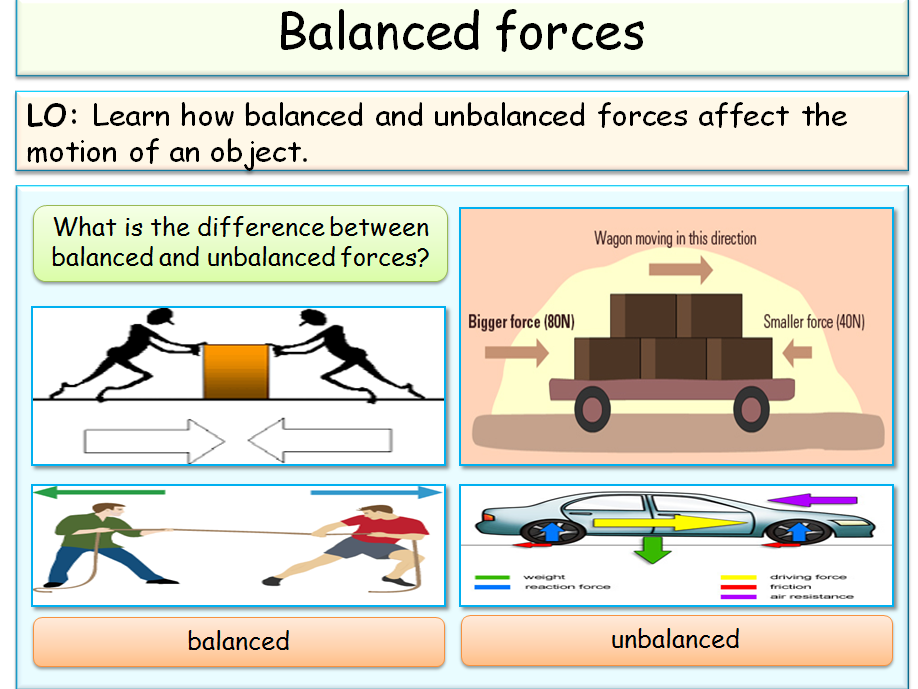 As a rule, it is accompanied by wheel balancing, as a result of which the mass of all the constituent elements of the wheel is evenly located relative to the axis of its rotation. After this procedure, the wheel must be balanced vertically and horizontally. If the balance is not correct, both static and dynamic imbalance can occur, resulting in vibration, which has a very negative effect on the strength of parts and driving safety.
As a rule, it is accompanied by wheel balancing, as a result of which the mass of all the constituent elements of the wheel is evenly located relative to the axis of its rotation. After this procedure, the wheel must be balanced vertically and horizontally. If the balance is not correct, both static and dynamic imbalance can occur, resulting in vibration, which has a very negative effect on the strength of parts and driving safety.
“One of the most dangerous consequences of out-of-balance wheels is loss of vehicle control during high-speed traffic. In many tragic accidents, this could be the main reason for driving into the oncoming lane or drifting into a skid, - explains Maxim Pozolotin, Head of the Department for Ensuring the Uniformity of Measurements of Mechanical and Vibroacoustic Values FBU URALTEST .
The vibration transmitted to the tires leads to the fact that the contact patch of the wheel with the road surface loses stability, the quality of adhesion to the road is significantly reduced, as a result, the braking distance increases, and its direction becomes unpredictable. In addition, the car “obeys” worse, while during the movement there are often situations when there are only fractions of a second to correct the situation.
In addition, the car “obeys” worse, while during the movement there are often situations when there are only fractions of a second to correct the situation.
“It is often very difficult to establish a direct causal relationship between a traffic accident, a serious car breakdown and improper wheel balancing, since its consequences are significantly delayed in time ,” reports Maxim Pozolotin .
For example, the destruction of a wheel bearing occurs gradually - due to the vibration caused by the imbalance of the wheels, this and other suspension parts experience loads that are many times higher than the calculated ones, which invariably leads to their accelerated wear. It’s good if the motorist gets off with only a very expensive replacement of the bearing, but a much more sad outcome can happen - a wheel coming off on the go turns the car into an uncontrollable pile of metal even at low speeds.
Another delayed consequence of improper balancing is uneven tire wear, which after 1-2 seasons takes on the shape of an egg.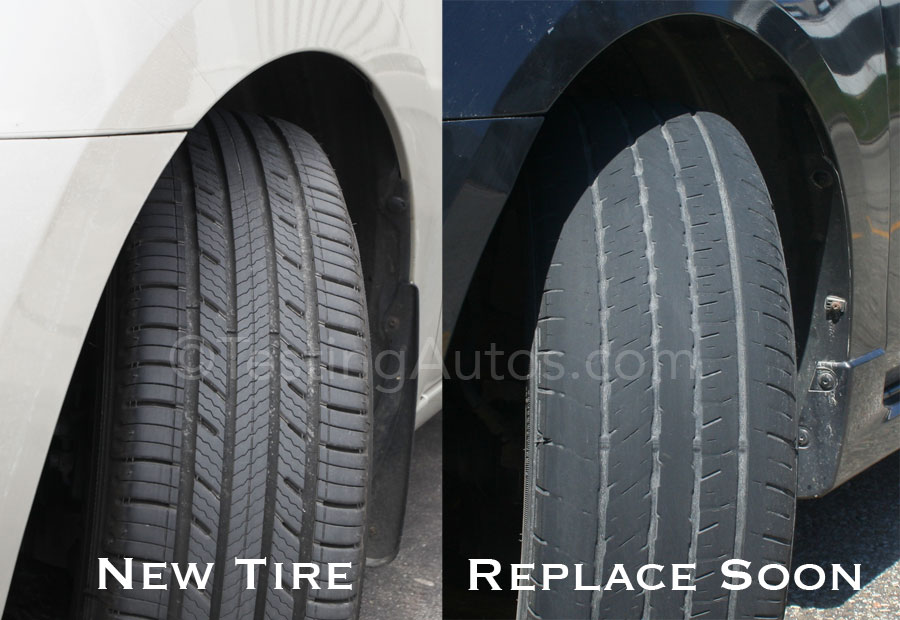 In addition to worsening traction, this leads to the fact that tires have to be changed more often. The stress experienced by the driver when the steering wheel “beats”, when the car pulls to the side or the controllability is generally reduced, also negatively affects driving safety.
In addition to worsening traction, this leads to the fact that tires have to be changed more often. The stress experienced by the driver when the steering wheel “beats”, when the car pulls to the side or the controllability is generally reduced, also negatively affects driving safety.
“Let's give one simple example - if the wheel imbalance is R 15 is 25-30 grams, then at a vehicle speed of 100 km / h, loads equivalent to impacts of 3 kg with a frequency of 700-800 times per minute will act on the suspension and chassis elements, - states Pavel Baranovsky, head of the sector for verification of measuring instruments in transport of the department for ensuring the uniformity of measurements of mechanical and vibroacoustic quantities, FBU URALTEST.
How to choose a tire shop that performs the correct wheel balancing? The high price of services is only an indirect sign of quality work. The guarantor of the correct procedure is only the presence of a certificate of verification of the balancing stand and the execution by a specialist of all the necessary sequence of actions.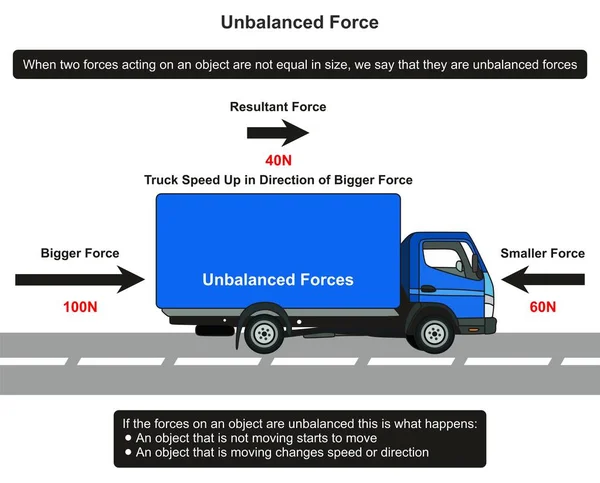
Balancing stands are a measuring instrument, and most of the models are included in the State Register of Measuring Instruments on the basis of a document - a description of the type of measuring instrument, in which the calibration interval of 1 year is set.
Many owners of tire shops neglect verification, arguing that calibration or auto-calibration, which is included in the functionality of the device, is sufficient for normal operation. However, with this method of setting, the stand compares the readings with itself, while verification ensures their comparison with the standard.
“In the process of verification, a perfectly balanced plate and reference weights are installed on the balancing stand, the balancing process is simulated, using a certain method it is checked how the device recognizes the set values, as a result of which all existing deviations can be established” , - says Pavel Baranovsky .
An unverified balancing stand takes the accumulated instrumental error as zero and transmits deliberately erroneous data to the wheel. Since the negative consequences of imbalance do not occur here and now, and the verification of the balancing stand is voluntary, unscrupulous tire shop owners are well aware that it is almost impossible to hold them accountable in the event of serious problems. Therefore, the care of the car in good condition, its own safety and the safety of its children falls on the owner of the vehicle, because a penny savings on tire fitting can turn into, if not a tragedy, then spending on expensive repairs. The presence of a certificate of verification for a balancing stand and other measuring instruments indicates that the head of the enterprise understands the importance of such a seemingly simple service as wheel balancing and is interested in its high-quality provision.
Since the negative consequences of imbalance do not occur here and now, and the verification of the balancing stand is voluntary, unscrupulous tire shop owners are well aware that it is almost impossible to hold them accountable in the event of serious problems. Therefore, the care of the car in good condition, its own safety and the safety of its children falls on the owner of the vehicle, because a penny savings on tire fitting can turn into, if not a tragedy, then spending on expensive repairs. The presence of a certificate of verification for a balancing stand and other measuring instruments indicates that the head of the enterprise understands the importance of such a seemingly simple service as wheel balancing and is interested in its high-quality provision.
Vladimir Gavrilov
Estimated reading time: 4 minutes
12401
Category: Auto Maintenance
A number of scheduled procedures seem like a waste of money to some motorists and they are looking for an opportunity to save money. However, sometimes, this desire turns into much larger expenses for repairs.
However, sometimes, this desire turns into much larger expenses for repairs.
When changing wheels, tire fitters usually ask if the owner wants to balance. What is this procedure and how important it is for a comfortable ride, car expert, captain of the GazReid Sport racing team Vyacheslav Subbotin helps to figure it out.
The tire is not homogeneous and its weight is distributed unevenly along the wheel rim. Somewhere there are small seals formed during molding at the factory. It turns out rubber flows, uneven joints of layers and other defects in the structure, which make one of the sides of the tire heavier than a few grams. After mounting such a tire, an imbalance is almost always observed. During rotation, the wheel beats, that is, vibrations occur that are noticeable with increasing speed. These vibrations affect driving comfort and affect the handling of the machine.
Wheel vibrations start as soon as the vehicle starts moving. But at a low speed, they are extinguished by silent blocks and become noticeable to a person only after a certain speed, when the vibrations of the wheel in frequency and amplitude begin to resonate with the structural elements. Usually vibrations on the steering wheel appear at 40 km / h. As speed increases, they are reflected on the pedals. At 60-80 km / h, due to an unbalanced wheel, the trim panels are already shaking, the chairs and the pulsation is clearly transmitted to the back. Moreover, its frequency passes through certain peaks, at which there is a rattling of things in the glove box or in the trunk. This means that the resonance appeared on the car body. Then, with an increase in speed, the shaking may disappear, as the resonant effect stops, however, as the speed decreases, the vibrations return again.
But at a low speed, they are extinguished by silent blocks and become noticeable to a person only after a certain speed, when the vibrations of the wheel in frequency and amplitude begin to resonate with the structural elements. Usually vibrations on the steering wheel appear at 40 km / h. As speed increases, they are reflected on the pedals. At 60-80 km / h, due to an unbalanced wheel, the trim panels are already shaking, the chairs and the pulsation is clearly transmitted to the back. Moreover, its frequency passes through certain peaks, at which there is a rattling of things in the glove box or in the trunk. This means that the resonance appeared on the car body. Then, with an increase in speed, the shaking may disappear, as the resonant effect stops, however, as the speed decreases, the vibrations return again.
In general, such shaking is not good for the machine. The tread of vibrating wheels wears unevenly. Barely noticeable grooves form on it, which then grow and also increase the beating. Vibrations gradually break shock absorbers, loosen suspension parts, negatively affect rubber joints, silent blocks and other hinges. In addition, vibrations adversely affect the design of the steering, as well as the rotating parts of the engine and transmission. Vibrations slowly undermine their performance, the wear of rubbing parts increases, the fastenings of the nozzles of the engine cooling system weaken.
Vibrations gradually break shock absorbers, loosen suspension parts, negatively affect rubber joints, silent blocks and other hinges. In addition, vibrations adversely affect the design of the steering, as well as the rotating parts of the engine and transmission. Vibrations slowly undermine their performance, the wear of rubbing parts increases, the fastenings of the nozzles of the engine cooling system weaken.
As a result, after a few months of driving with unbalanced wheels, one of the components may malfunction, not to mention cracked rubber-metal joints in the suspension.
Wheels are balanced on a special stand in a tire shop using weights made of zinc or lead weighing from 5 to 100 grams. The device itself spins the wheel and selects the weight and location of the compensating weight. Masters glue them or put them on the rim of the disc and hammer them in with a hammer at the places where the tire fits.
The larger the wheel, the more difficult it is to balance.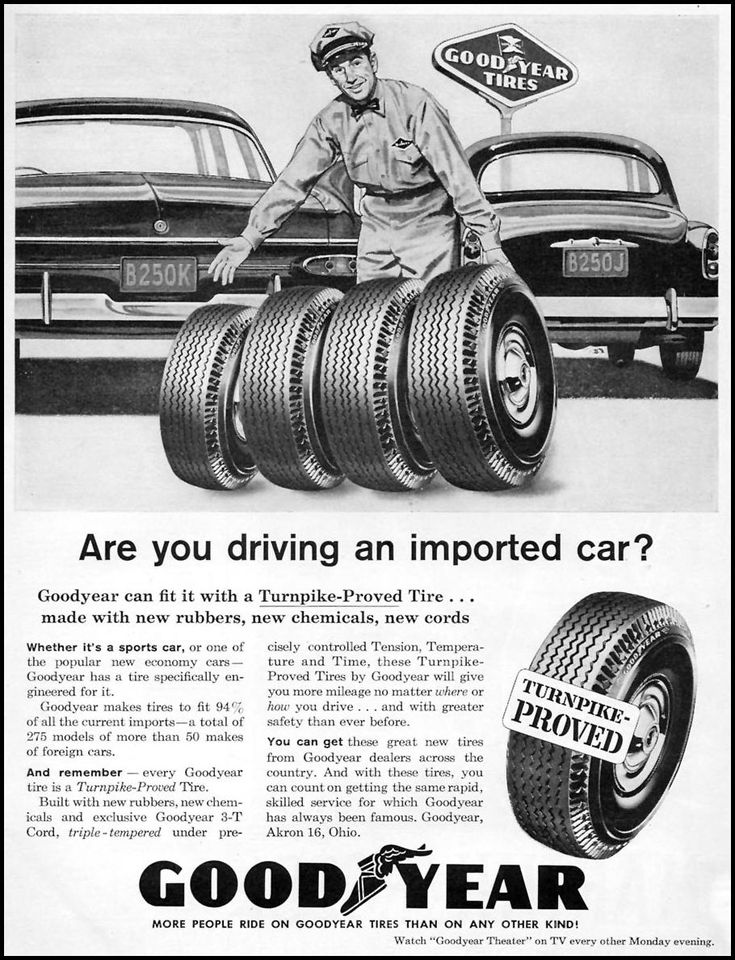 However, during this decade, many factories have gone through retooling and are already able to produce rollers even of the twentieth radius with good accuracy. Therefore, when buying a wheel, you should ask where the tire was made and when the factory opened. If these are old domestic productions with old equipment, then it will be more difficult to balance a tire produced there than one made at a newly built Russian enterprise of some eminent foreign brand.
However, during this decade, many factories have gone through retooling and are already able to produce rollers even of the twentieth radius with good accuracy. Therefore, when buying a wheel, you should ask where the tire was made and when the factory opened. If these are old domestic productions with old equipment, then it will be more difficult to balance a tire produced there than one made at a newly built Russian enterprise of some eminent foreign brand.
In addition, the wheel cannot be balanced if large stones are stuck in the tread. When they fall out, the center of mass will shift and the wheel will begin to beat again.
In general, wheel balancing must be done after each tire installation. In addition, over time, the weights can fall off, which leads to imbalance. Therefore, as soon as unwanted vibrations are felt in the car, you can return to the tire shop and repeat the balancing procedure again.
tips for motorists car maintenance
Next article